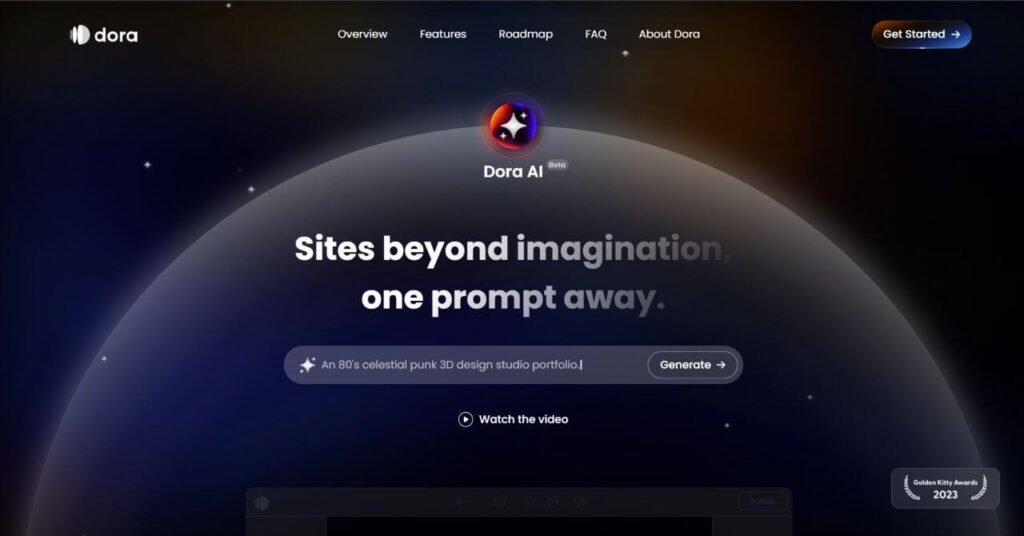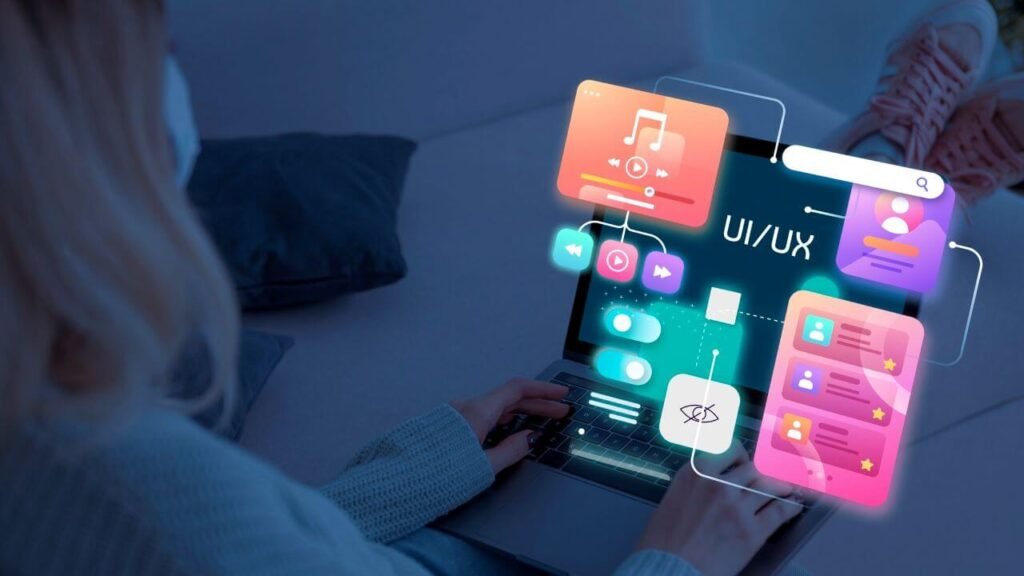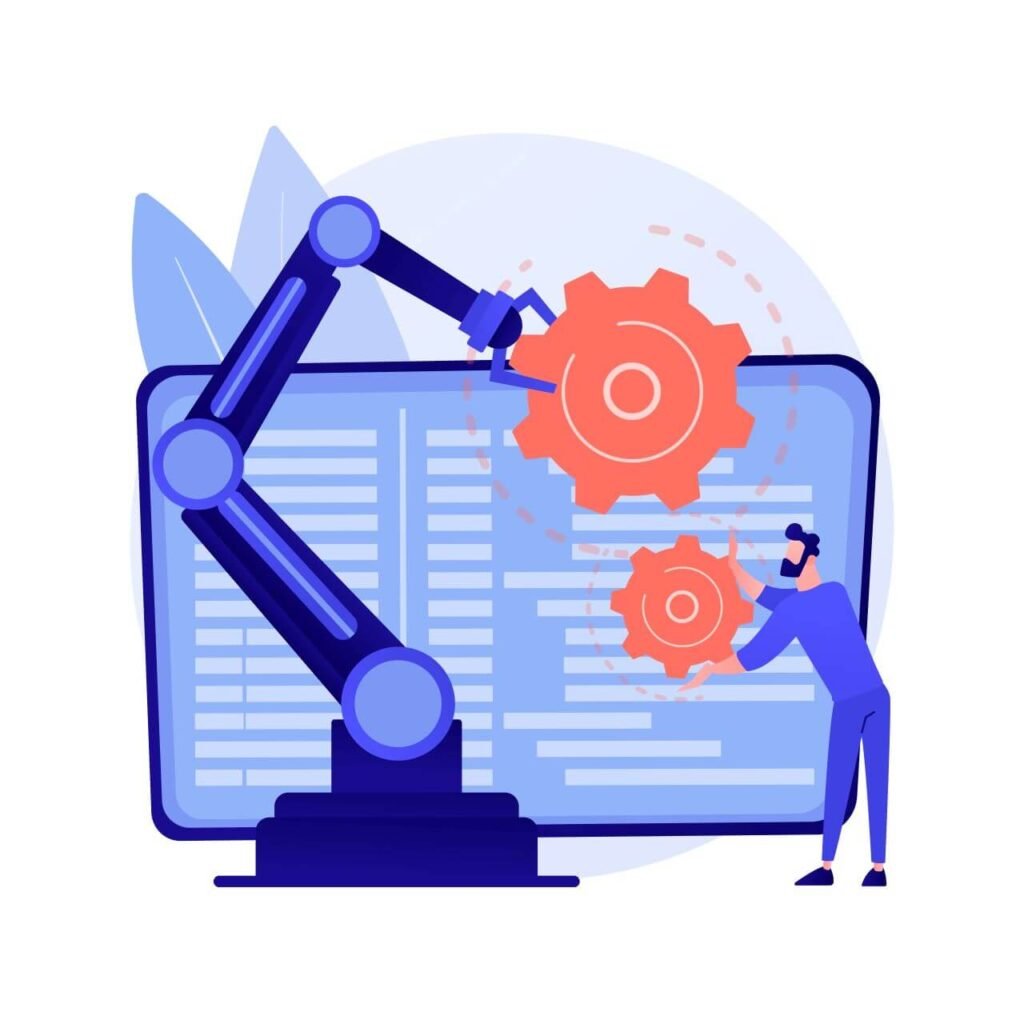If you’re into web design or tech, you’ve probably heard how AI is transforming how websites are built and designed. Today, we’re diving into the future of AI in web design.
The future of AI in web design looks at how to significantly transform how websites are conceptualized, built, and maintained, focusing on personalization, efficiency, and innovation.
Here’s an exploration of how AI is expected to shape web design in 2025
Automated Design and Development
AI-Driven Design Tools
Platforms like Dora AI or Wegic AI allow users to create websites through conversational inputs, where AI handles the design, layout, and sometimes even content creation based on user specifications.

This democratizes web design, enabling non-designers to build professional sites.
Code Generation
Tools like GitHub Copilot are already assisting developers, but by 2025, AI might generate more complex code structures, reducing development time and potentially automating many repetitive coding tasks.

Personalization at Scale
AI algorithms will analyze user data to personalize web experiences in real-time, offering content, design, and navigation tailored to individual user behavior and preferences.
This could lead to dynamic websites that adapt to each visitor, enhancing engagement and conversion rates.
Enhanced User Experience (UX)

Predictive User Behavior
AI will predict user actions, optimizing site navigation and interaction. Tools that can analyze user interaction data will suggest improvements in UI/UX, making websites more intuitive and user-friendly.
Accessibility
AI will drive better accessibility features, ensuring websites are usable by a wider audience, including those with disabilities, by automatically adjusting interfaces according to user needs.
Content Creation and SEO
AI will assist in generating high-quality, SEO-optimized content. Tools will not only draft text but also suggest how content should be structured on pages for maximum SEO benefit, potentially integrating with voice search optimization.
AI in Maintenance and Optimization
AI will monitor website performance, automatically diagnosing and fixing issues, from broken links to performance bottlenecks. This continuous optimization ensures websites remain fast and functional.

Innovative Design Elements
3D and AR/VR
With AI, creating 3D models or AR/VR experiences for websites will become more accessible. AI could help in generating these complex elements or in placing them optimally within a web design context.
Ethical Considerations
As AI becomes more integrated, there will be a focus on ethical design, ensuring AI tools do not perpetuate bias in design or infringe on user privacy. New standards and frameworks might emerge to guide AI use in web design.
Collaboration Between Humans and AI
AI isn’t expected to replace human designers but to augment their capabilities, allowing them to focus on creativity, strategy, and complex problem-solving while AI handles the more routine tasks.
Also Read: 10 Best AI Tools for Making Websites
Future AI Tools to Watch Out For…
So, what can we expect in terms of AI tools in the next few years? We’re likely going to see more advanced AI platforms that can build entire websites in minutes, AI capable of real-time feedback during the design process, and even AI that integrates more deeply with AR and VR technologies for immersive web experiences.
Conclusion
AI is undoubtedly the future of web design, but rather than replacing designers, it’s here to make our jobs easier and more creative. As AI continues to evolve, it will be fascinating to see how it reshapes the web design industry.
What do you think about AI’s role in web design? Let me know in the comments below! If you found this video insightful, give it a thumbs up and don’t forget to subscribe for more tech and web design content. Thanks for watching, and I’ll see you in the next one!